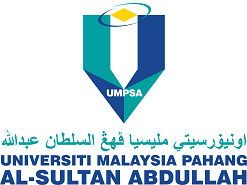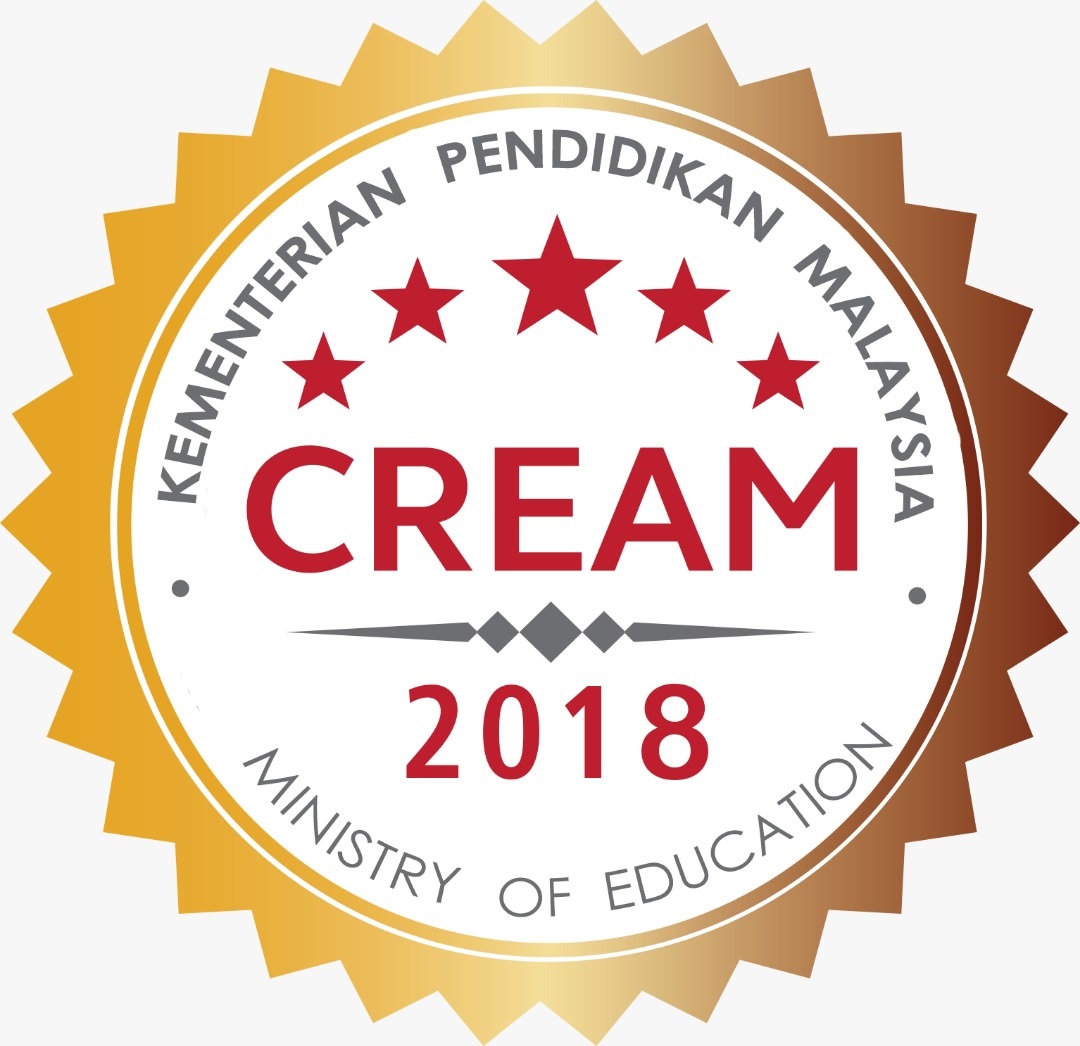Machine learning prediction of downstream oil carryover in air-oil separators for vacuum application
DOI:
https://doi.org/10.15282/jmes.19.2.2025.7.0835Keywords:
Air filter, Oil filter, Machine learning, Carryover rate, Vacuum pumpAbstract
Air or oil filters are commonly used in vacuum conditions in pumps within various industries such as healthcare, pharmaceutical, and many more. Some of these filters are exposed to an upstream challenge of 1000-20000 mg/m3 of oil particles mixed with air, which needs to be reduced to 3-5 mg/m3 downstream. Accurate determination of the carryover rate of oil by the filters is crucial for meeting environmental compliance and enhancing operational efficiency. Traditional methods for measuring the carryover rate rely on time-consuming and costly experiments, making them impractical for large-scale production and real-time quality assessment. Therefore, the main objective of this study is to develop digital models using mathematical and machine learning approaches to accurately predict the carryover rate in filters, thereby reducing reliance on physical testing. To this end, 224 sample experimental datasets were utilized, preprocessed, and cleaned to develop several multilayered Artificial Neural Networks (ANNs) and a multilinear regression model. Three optimisation strategies, including Levenberg-Marquardt, Bayesian Regularisation, and Particle Swarm Optimisation, have been used to tune the developed ANNs, which consist of various hidden layers and different neurons. For the purpose of comparison, the velocity-based physics model was applied to predict the oil carryover rate. The results of the study revealed that the single hidden layer with 20 neurons ANN optimized with the BR algorithm performed the best among all the models, with a Mean Square Error of 0.0648 and a correlation coefficient value of 0.942 for predicting the oil carryover rate. The developed model is validated and can be used for the fast computation of the carryover rate, informing the optimisation strategy of the filters.
References
[1] N. Reynolds, M. Pharaoh. An Introduction to Composites Recycling. 1st Ed. United Kingdom: Woodhead Publishing, 2010.
[2] Z. An, Y. Jin, J. Li, W. Li, W. Wu, “Impact of particulate air pollution on Cardiovascular health,” Current Allergy Asthma Reports, vol. 18, no. 15, pp. 1-6, 2018.
[3] P. M. Barros, E. H. Tanabe, M. L. Aguiar, “Performance of fibrous filters during nanoparticle cake formation,” Separation Science and Technology, vol. 51, no. 6, pp. 1042–1052, 2016.
[4] A. Hirst, G. Evans, S. R. Larson, S. Lord, R. K. Powis, R. Stearne. Guidance for Occupational Hygienists on the Assessment and Control of the Health Risks from Metalworking Fluid (MWF). 1st Ed. England: British Occupational Hygiene Society, 2025.
[5] K. Arrhenius, A. Fischer, O. Büker, H. Adrien, A. E. Masri, F. Lestremau, et al., “Analytical methods for the determination of oil carryover from CNG/biomethane refueling stations recovered in a solvent,” RSC Advances, vol. 10, no. 20, pp. 11907-11917, 2020.
[6] A. T. Simpson, “Comparison of methods for the measurement of mist and vapor from light mineral oil–based metalworking fluids,” Applied Occupational and Environmental Hygiene, vol. 18, no. 11, pp. 865–876, 2003.
[7] C. T. Billiet, R. M. Fielding, “A quantitative method to determine oil carryover from high efficiency coalescing filters in compressed gases under varying dynamic conditions and the interpretation of results to assist filter system design,” in International Compressor Engineering Conference, West Lafayette, USA, 1984.
[8] W. Zhang, K. E. Thompson, A. H. Reed, L. Beenken, “Relationship between packing structure and porosity in fixed beds of equilateral cylindrical particles,” Chemical Engineering Science, vol. 61, no. 24, pp. 8060–8074, 2006.
[9] Z. Pan, Y. Liang, M. Tang, Z. Sun, J. Hu, J. Wang, “Simulation of performance of fibrous filter media composed of cellulose and synthetic fibers,” Cellulose, vol. 26, no. 12, pp. 7051–7065, 2019.
[10] J. A. Hubbard, J. E. Brockmann, J. Dellinger, D. A. Lucero, A. L. Sanchez, B. L. Servantes, “Fibrous filter efficiency and pressure drop in the viscous-inertial transition flow regime,” Aerosol Science and Technology, vol. 46, no. 2, pp. 138–147, 2012.
[11] W.W. F. Leung, C.H. Hung, “Investigation on pressure drop evolution of fibrous filter operating in aerodynamic slip regime under continuous loading of sub-micron aerosols,” Separation and Purification Technology, vol. 63, no. 3, pp. 691–700, 2008.
[12] C. Yue, Q. Zhang, Z. Zhai, “Numerical simulation of the filtration process in fibrous filters using CFD-DEM method,” Journal of Aerosol Science, vol. 101, pp. 174–187, 2016.
[13] S. Dhaniyala, B. Y. H. Liu, “Theoretical modeling of filtration by nonuniform fibrous filters,” Aerosol Science and Technology, vol. 34, no. 2, pp. 170–178, 2001.
[14] A. Jackiewicz, A. Podgórski, L. Gradoń, and J. Michalski, “Nanostructured media to improve the performance of fibrous filters,” KONA Powder and Particle Journal, vol. 30, pp. 244–255, 2013.
[15] R. C. Brown. Air Filtration: an Integrated Approach to the Theory and Applications of Fibrous Filter. 1st Ed. Oxford: Pergamon Press, 1993.
[16] W. C. Hinds. Aerosol Technology: Properties, Behavior, and Measurement of Airborne Particles. 2nd Ed. Hoboken: Wiley, 2012.
[17] A. P. Piotrowski, J. J. Napiorkowski, “Optimizing neural networks for river flow forecasting - Evolutionary Computation methods versus the Levenberg-Marquardt approach,” Journal of Hydrology, vol. 407, no. 1–4, pp. 12–27, 2011.
[18] M. Balcilar, A.S. Dalkilic, O. Agra, S.O. Atayilmaz, S. Wongwises, “A correlation development for predicting the
pressure drop of various refrigerants during condensation and evaporation in horizontal smooth and micro-fin tubes,” International Communication in Heat Mass Transfer, vol. 39, no. 7, pp. 937–944, 2012.
[19] I. P. Beckman, G. Berry, J. Ross, G. Riveros, H. Cho, “Prediction of air filtration efficiency and airflow resistance of air filter media using convolutional neural networks and synthetic data derived from simulated media,” Journal of Aerosol Science, vol. 171, p. 106164, 2023.
[20] A. Rostami, A. Hemmati-Sarapardeh, S. Shamshirband, “Rigorous prognostication of natural gas viscosity: Smart modeling and comparative study,” Fuel, vol. 222, pp. 766–778, 2018.
[21] C. G. Williams, O. O. Ojuri, “Predictive modelling of soils’ hydraulic conductivity using artificial neural network and multiple linear regression,” SN Applied Science, vol. 3, no. 2, pp. 1–13, 2021.
[22] W. J. Niu, Z. K. Feng, B. F. Feng, Y. W. Min, C. T. Cheng, J. Z. Zhou, “Comparison of multiple linear regression, artificial neural network, extreme learning machine, and support vector machine in deriving operation rule of hydropower reservoir,” Water, vol. 11, no. 1, p. 88, 2019.
[23] F. Faraji, J. O. Ugwu, P. L. Chong, F. Nabhani, “Modelling viscosity of liquid dropout near wellbore region in gas condensate reservoirs using modern numerical approaches,” Journal of Petroleum Science and Engineering, vol. 185, pp. 1–14, 2020.
[24] F. Faraji, J. O. Ugwu, P. L. Chong, “Modelling two-phase Z factor of gas condensate reservoirs: Application of Artificial Intelligence (AI),” Journal of Petroleum Science and Engineering, vol. 208, pp. 1-22, 2022.
[25] F. D. Foresee, M. T. Hagan, “Gauss-newton approximation to Bayesian learning,” in Proceedings of International Conference on Neural Networks (ICNN’97), pp. 1930–1935, 1997.
[26] H. P. Gavin, “The Levenburg-Marqurdt algorithm for nonlinear least squares curve-fitting problems,” Duke University, [Online], 2019. Available: http://people.duke.edu/~hpgavin/ce281/lm.pdf
[27] M. T. Hagan, M. B. Menhaj, “Training feedforward networks with the Marquardt algorithm,” IEEE Transactions and Neural Networks, vol. 5, no. 6, pp. 989-993, 1994.
[28] T. Hastie, R. Tibshirani, J. Friedman. The Elements of Statistical Learning: Data Mining, Inference, and Prediction. 2nd Ed. Standford: Springer, 2009.
[29] S. S. Haykin. Neural Networks: A Comprehensive Foundation. 1st Ed. New York: Macmillan, 1994.
[30] D. J. C. Mackay, “Bayesian interpolation,” Neural Computation, vol. 4, no. 3, pp. 415–447, 1992.
[31] P. Louridas, C. Ebert, “Machine Learning,” IEEE Software, vol. 33, no. 5, pp. 110–115, 2016.
[32] F. Faraji, C. Santim, P. L. Chong, F. Hamad, “Two-phase flow pressure drop modelling in horizontal pipes with different diameters,” Nuclear Engineering and Design, vol. 395, pp. 1-16, 2022.
[33] S. Haykin. Neural Networks - A Comprehensive Foundation. 3rd Ed. Singapore: Pearson, 2005.
[34] M. T. Hagan, H. B. Demuth, M. H. Beale, O. D. Jesús. Neural Network Design. 2nd Ed. United States: Amazon, 2014.
[35] A. Ebrahimi, E. Khamehchi, “A robust model for computing pressure drop in vertical multiphase flow,” Journal of Natural Gas Science and Engineering, vol. 26, pp. 1306–1316, 2015.
[36] J. J. More, “The Levenberg-Marquardt algorithm: Implementation and theory,” in Lecture Notes in Mathematics, pp. 105-116, 2006.
[37] F. Burden, D. Winkler, “Bayesian regularization of neural networks,” in Methods Molecular Biology, pp. 23–42, 2008.
[38] R. Eberhart, J. Kennedy, “A new optimizer using particle swarm theory,” in Proceedings of the Sixth International Symposium on Micro Machine and Human Science, pp. 39–43, 1995.
[39] G. Zhou, H. Moayedi, M. Bahiraei, Z. Lyu, “Employing artificial bee colony and particle swarm techniques for optimizing a neural network in prediction of heating and cooling loads of residential buildings,” Journal of Cleaner Production, vol. 254, pp. 2-14, 2020.
[40] C. Bishop. Pattern Recognition and Machine Learning. 1st Ed. Cambridge: Springer Nature, 2006.
Downloads
Published
Issue
Section
License
Copyright (c) 2025 The Author(s)

This work is licensed under a Creative Commons Attribution-NonCommercial 4.0 International License.






